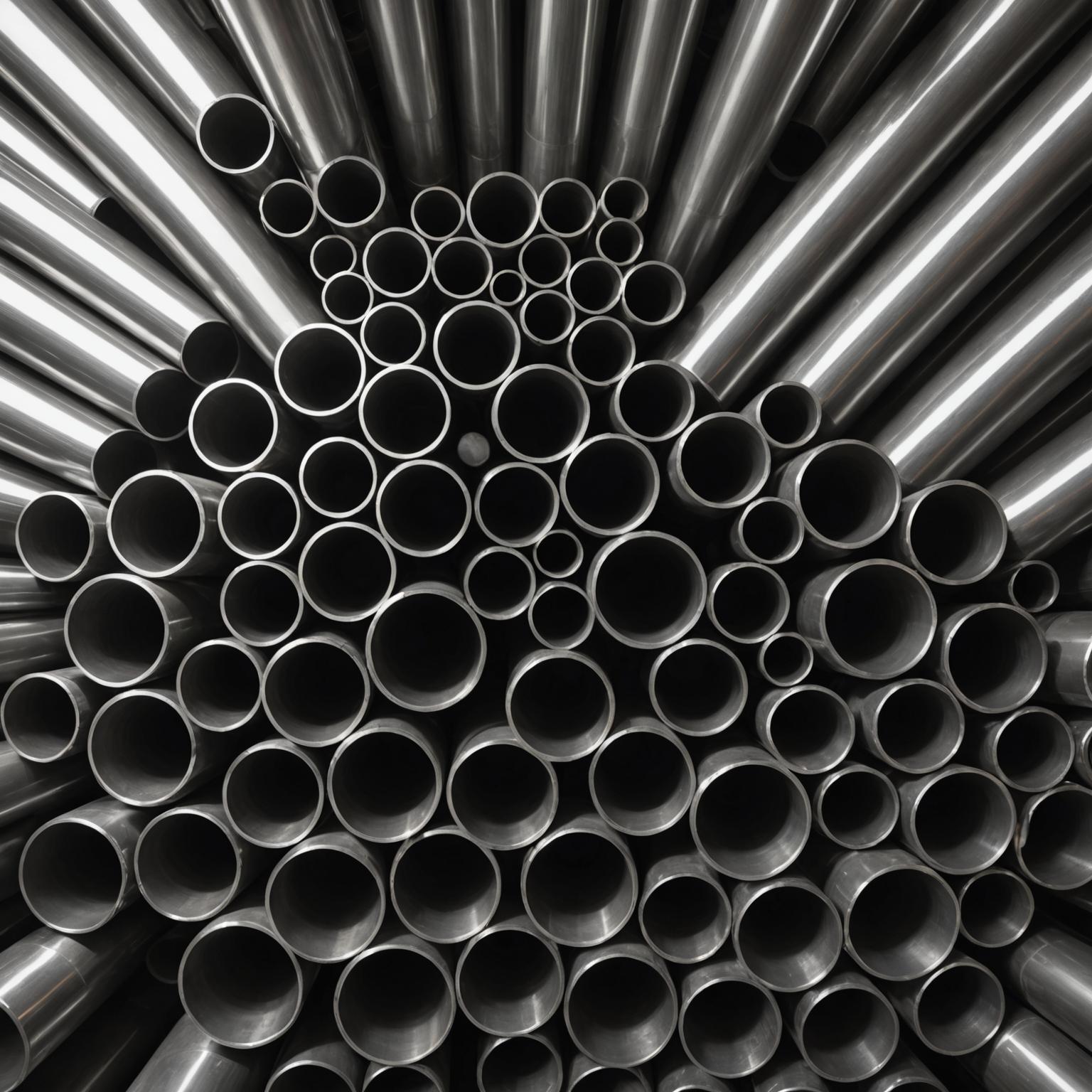When it comes to industrial, commercial, and even residential projects, selecting the right piping material is a decision of paramount importance. The integrity of a piping system affects everything from operational efficiency to safety and product purity. Among the myriad of options available, 304 stainless steel stands out as a versatile and reliable choice. However, to truly harness its benefits, one must have a thorough understanding of the 304 stainless steel pipe specifications. This guide will walk you through the essential details you need to know, ensuring you can select the perfect pipe for your application, especially when sanitary conditions are a top priority.
What Makes 304 Stainless Steel a Superior Choice?
At its core, 304 stainless steel is an austenitic alloy, with its primary components being chromium (typically 18%) and nickel (around 8%). This specific composition is what grants the material its most celebrated characteristics. The most significant of these is its excellent corrosion resistance. The chromium content creates a passive, invisible layer of chromium oxide on the surface of the steel. This layer is self-healing and protects the underlying metal from rust and corrosion when exposed to moisture and a wide range of chemical agents. Furthermore, 304 stainless steel is known for its impressive durability and strength, allowing it to withstand significant pressure and temperature variations without compromising its structural integrity. It is also highly formable and weldable, making it a favorite for fabricators who need to create complex piping systems with tight bends and secure joints.
Decoding Key 304 Stainless Steel Pipe Specifications
Navigating the technical data sheet for stainless steel pipes can be daunting, but understanding a few key specifications will simplify the process significantly. The first set of parameters relates to dimensions. This includes the Outer Diameter (OD), the Inner Diameter (ID), and the wall thickness. The wall thickness is often referred to by a 'schedule' number (e.g., Schedule 10, Schedule 40). A higher schedule number indicates a thicker pipe wall, which means it can handle higher internal pressures. These dimensions are critical for determining flow capacity and ensuring compatibility with fittings, valves, and other system components. Equally important are the manufacturing standards, such as those set by ASTM International. For seamless and welded 304 pipes, ASTM A312 is the prevailing standard. Adherence to this standard guarantees the pipe's chemical composition, mechanical properties, and manufacturing quality, providing assurance that you are receiving a reliable and consistent product. Finally, the surface finish is a crucial specification. While a standard mill finish is suitable for many industrial applications, a polished or sanitary finish with a low Roughness Average (Ra) is essential for applications requiring high levels of cleanliness.
The Critical Importance of 'Food Grade' Standards
In industries like food processing, beverage production, and pharmaceuticals, the term Food grade is not just a suggestion; it is a strict requirement. A material is designated as Food grade when it is certified to be non-toxic and safe for direct contact with consumable products. While 304 stainless steel is inherently well-suited for these environments due to its corrosion resistance, not all 304 pipes meet this standard. For a pipe to be truly Food grade, it must possess an exceptionally smooth, non-porous, and crevice-free interior surface. This is because microscopic pits or crevices can harbor bacteria, making the pipe difficult to clean and sanitize, which poses a risk of product contamination. Therefore, sanitary 304 pipes undergo additional polishing processes to achieve a mirror-like finish that prevents microbial adhesion and facilitates thorough Clean-In-Place (CIP) procedures. This ensures that the pipe material will not leach any harmful substances into the product or alter its taste, color, or quality.
A Practical Guide to Selecting the Right Pipe
Choosing the correct pipe involves a methodical approach. First, carefully evaluate the operational environment. What substance will flow through the pipes? Will it be acidic, like tomato sauce, or neutral, like purified water? What are the maximum operating temperatures and pressures? Answering these questions will help narrow down the required wall thickness and confirm if 304 is the appropriate grade. Second, determine the necessary dimensions based on your system's design and required flow rates. Incorrect sizing can lead to inefficiencies or system failure. Third, and perhaps most importantly for sensitive applications, specify the required surface finish. If your project involves consumable products, explicitly request a sanitary or Food grade finish and ask for its Ra value. Finally, always demand proper documentation from your supplier. This includes Material Test Reports (MTRs) that verify the chemical composition and mechanical properties, as well as certifications confirming compliance with standards like ASTM A312 and any relevant sanitary or NSF ratings.
Common Applications in Sanitary Industries
The versatility and safety of properly specified 304 stainless steel pipes make them indispensable in the food and beverage sector. In dairy plants, they are used to transport milk, cream, and yogurt, where hygiene is non-negotiable to prevent spoilage. Breweries and wineries rely heavily on sanitary 304 stainless steel piping for everything from the brewing and fermentation processes to the final transfer lines for bottling and kegging. The material's inertness ensures that the delicate flavors of the beverages are not affected. In large-scale juice and soft drink production, these pipes safely convey liquids with varying levels of acidity and sugar content without corroding or contaminating the product. Understanding the complete 304 stainless steel pipe specifications is therefore fundamental to guaranteeing the safety, quality, and purity of the final product in these demanding industries.








